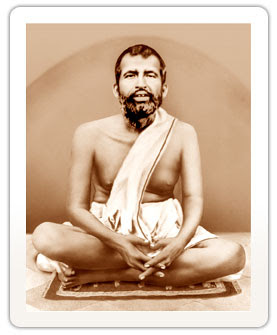Does God exist and is He good?
Does God exist and is He good? Life's important Questions - 1 Subject : Conversation about the existence of God An atheist professor of philosophy speaks to his class on the problem science has with God, The Almighty. He asks one of his new students to stand and..... Prof : So you believe in God? Student : Absolutely, sir. Prof : Is God good? Student : Sure. Prof : Is God all-powerful? Student : Yes. Prof : My brother died of cancer even though he prayed to God to heal him. Most of us would attempt to help others who are ill. But God didn't. How is this God good then? Hmm? ( Student is silent.) Prof : You can't answer, can you? Let's start again, young fella. Is God good? Student : Yes. Prof : Is Satan good? Student : No. Prof : Where does Satan come from? Student : From...God... Prof : That's right. Tell me son, is there evil in this world? Student : Yes. Prof : Evil is everywhere, isn't it? And God did make everythin...







